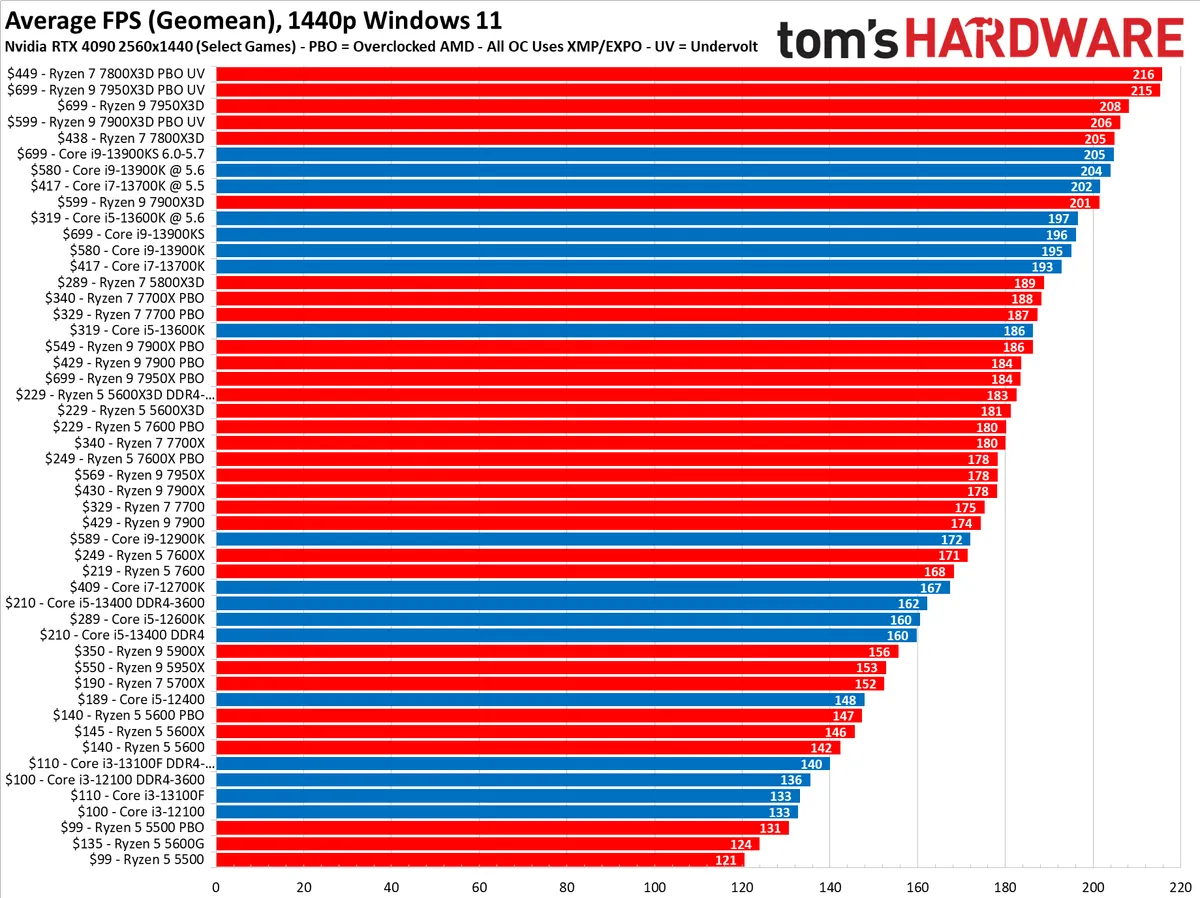Had the 9070xt Sapphire Pulse for over a week now, all around very happy with it, particularly noise levels, rivals my old 970 Windforce. As always my main focus is powersaving, I do not care for increased performance, more efficiency is king (to me

)
Have tested in both Timespy and Cyberpunk, you can see my results here:
At -100mv && -18% Power Limit we are getting the same or marginally better results for
54w less power usage
At -100mv && -10% Power Limit we are getting 2.61% better fps in Cyberpunk for
30w less power usage than stock
At -100mv && +10% Power Limit we are getting 5.23% better fps in Cyberpink for
30w more power usage than stock, yet only 2fps more performance than -100mv/-10% for a whopping 60w more power usage.
In conclusion I will be running -100mv/18% in general usage for much less power usage, or 100mv/10% should I need to squeeze out a little extra performance.
Time will tell regarding stability, I have a 2 hour test in Cyberpunk and 2 hours in RDR2 at -100mv && -10% with no issues. I am sure to run into issues in some games but I will ammend my results as time allows
Note - cyberpunk running at ULTRA settings with RT medium, FSR QUALITY, 3440x1440



 )
)